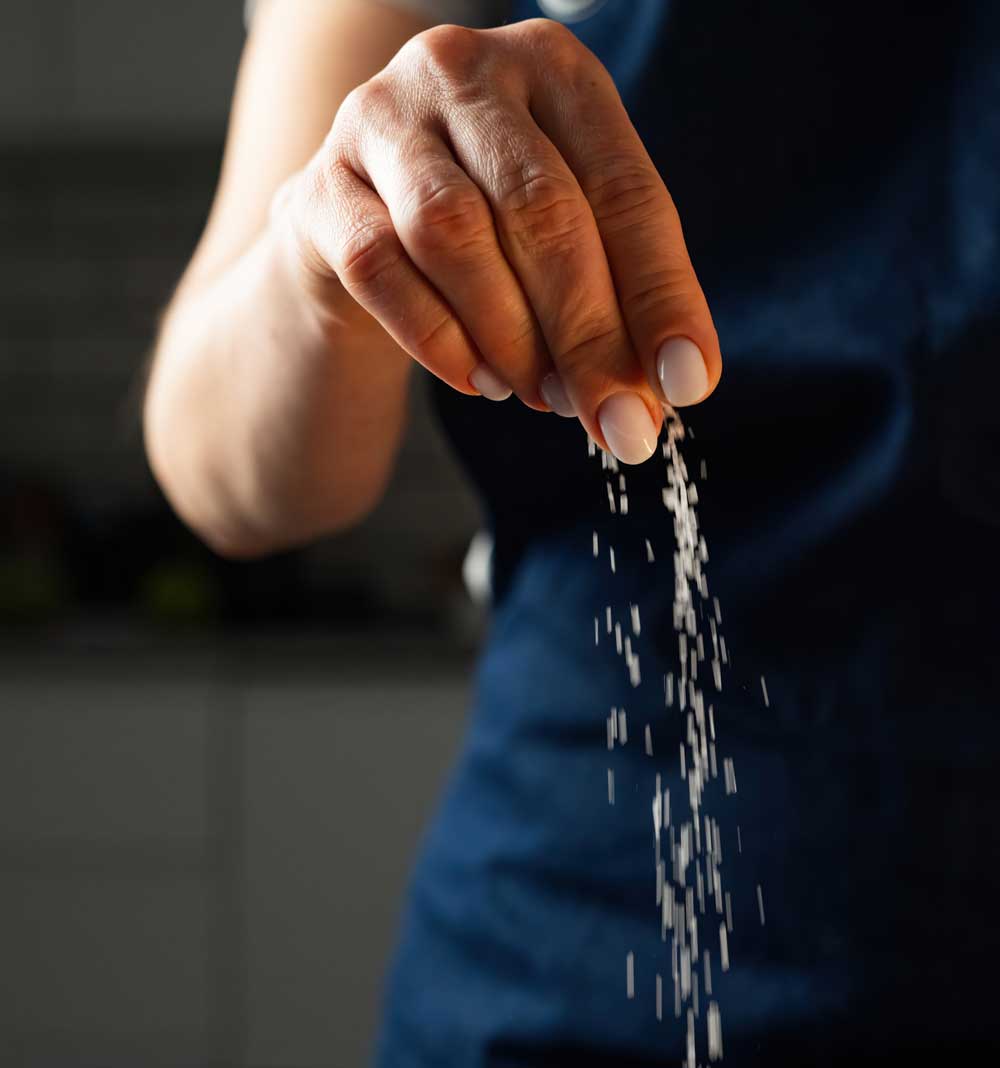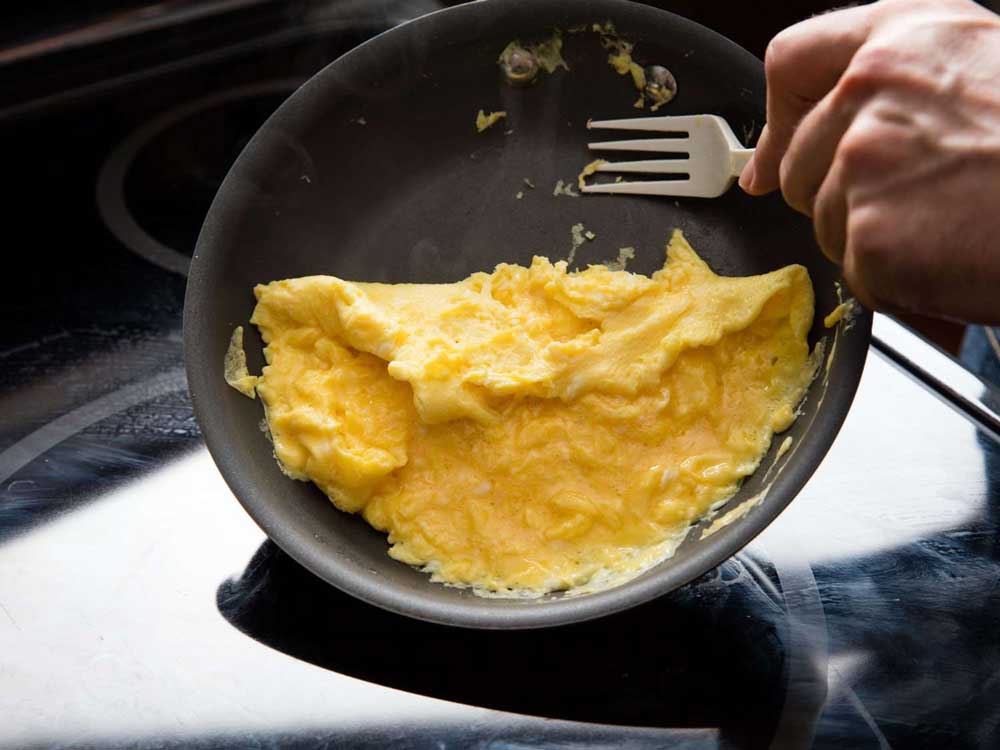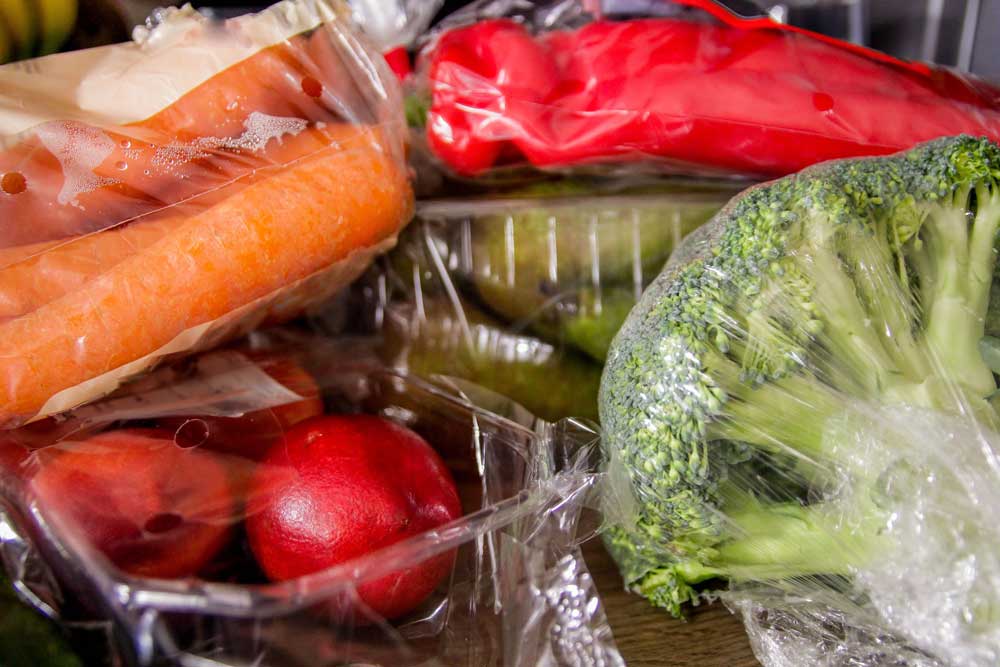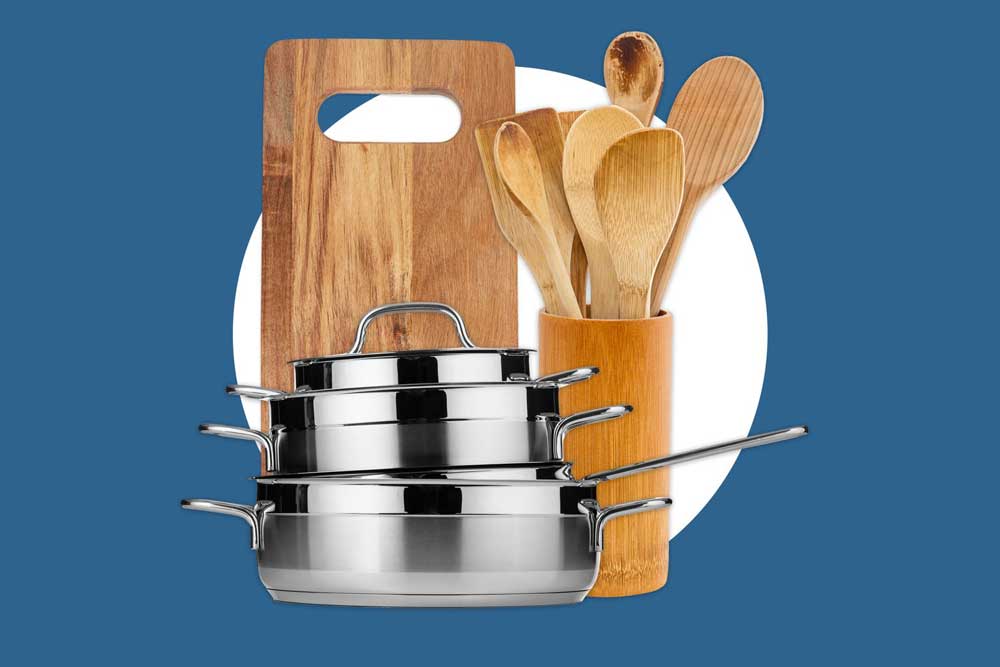The term ‘microplastics’ has been a catchphrase that we’ve all tried to ignore. It's time for a reality check though, because we may be consuming tiny pieces of plastic every day. Science is beginning to reveal that our casual exposure to these invisible invaders is a much bigger problem than we once believed. They have found their way into everything from our food to our water.
Don't assume that these plastic fragments are simply going through your system without causing any harm. According to a study published in February 2025, they are settling in and gradually accumulating in our body. Researchers are trying to determine the implications of this disturbing discovery for our long-term health and whether it is linked to any serious disorders.

Numerous problems in the human body have been linked to microplastics. Blood vessel microplastics and nanoplastics have been connected to a higher risk of heart attack, stroke, and in extreme situations, death. There have been reports of liver and lung effects, tissue inflammation, and cell death. They can also result in cancer and oxidative and DNA damage in mammals and aquatic life.
Scientists and researchers are now concerned about the possible health impacts of microplastics, which have grown to be a significant pollution issue. An estimated 22 million micro and nanoplastics are inhaled by humans each year! One can be exposed to microplastics in three ways - touch, ingestion, or inhalation.
Microplastics and nanoplastics, which are particles smaller than 5 mm or between 1 and 1,000 nanometers respectively, are the invaders in our diet. But how do they enter our food supply? And what can we do to lessen the amount of plastic we eat, in a world where it is omnipresent? The good news is that we can make a few simple adjustments to reduce exposure to them. Let's start by examining their potential hiding places.

Nonstick Cookware: Plastic and nonstick cookware increase exposure to these potentially dangerous pollutants by releasing microplastics into food while cooking. According to Australian researchers, a small crack or fracture in your pan could expose you to almost two million microplastic particles, while Teflon-coated cookware may contain thousands or even millions of these particles.

Plastic Food Containers: Plastic containers are more prevalent than ever due to the growth of home delivery services. When heated or cleaned, they can readily introduce microplastics into your food. According to one study, microplastics are present in all reusable plastic takeout containers that restaurants usually employ.
Plastic Utensils: Research indicates that using plastic utensils in hotter foods can cause microplastics to be released into your food. Microplastics that enter your body and bloodstream are also consumed when you eat the meal.
Tea Bags: You might be surprised to learn that your tea bags may contain microplastics. The bag is subjected to extremely high temperatures during the tea-brewing process, which may cause microplastics to be released. A single tea bag releases billion of microplastic and nanoplastic particles for every millimeter of water it is immersed in, according to research from Spain's Autonomous University of Barcelona.
Plastic Straws: Studies reveal that plastic straws emit microplastics and nanoplastics that can be directly ingested, which makes them particularly dangerous. Sadly, plastic straws are very common; each year, over eight million metric tons of plastic are discovered in waterways. Once in the water, these straws and other plastics can have an impact on the land and its inhabitants as well as the water itself.
Changes In Kitchen Materials To Cut Down On Microplastics
To reduce your exposure to microplastics, think about swapping these items in your kitchen before donning your apron.

Stainless steel or wooden spatulas: Opt for a stainless steel or wooden ladle set. This can upgrade your used utensils and drastically lower your exposure to microplastics.
Steel or wooden utensils: Try using stainless steel utensils instead of plastic ones, as they are healthier for the environment and the body. As a more environmentally responsible solution for your kitchen, wooden utensils can also be a terrific substitute.
Avoid reusing plastic food containers: Although you have little control over how restaurants package their food, you can choose not to use them again. Try to avoid microplastics at home by using only glass, ceramic, and stainless-steel containers.
Tea leaves in loose form and strainers or infusers: Tea bags can be loaded with plastic, so loose tea leaves are a safer option, when used with a stainless steel sieve or infuser.
Bamboo straws or reusable metal: Plastic straws have a negative impact on the environment and your health, leading to major problems for both. Straws made of bamboo or metal that can be cleaned and used again would be a preferable option.
Cookware made of stainless steel, carbon steel, or cast iron: Although many kitchens use plastic cookware, there are other options too. Cast iron pans, frying pans, and stainless-steel skillets are all excellent options to upgrade your cookware without running the risk of being exposed to microplastics again.
Image source: News Virginia, Serious seats